Wild at heart: Meet the man behind Louis Vuitton menswear
How Kim Jones, the most-travelled man in fashion, leads by example as Louis Vuitton's head of menswear
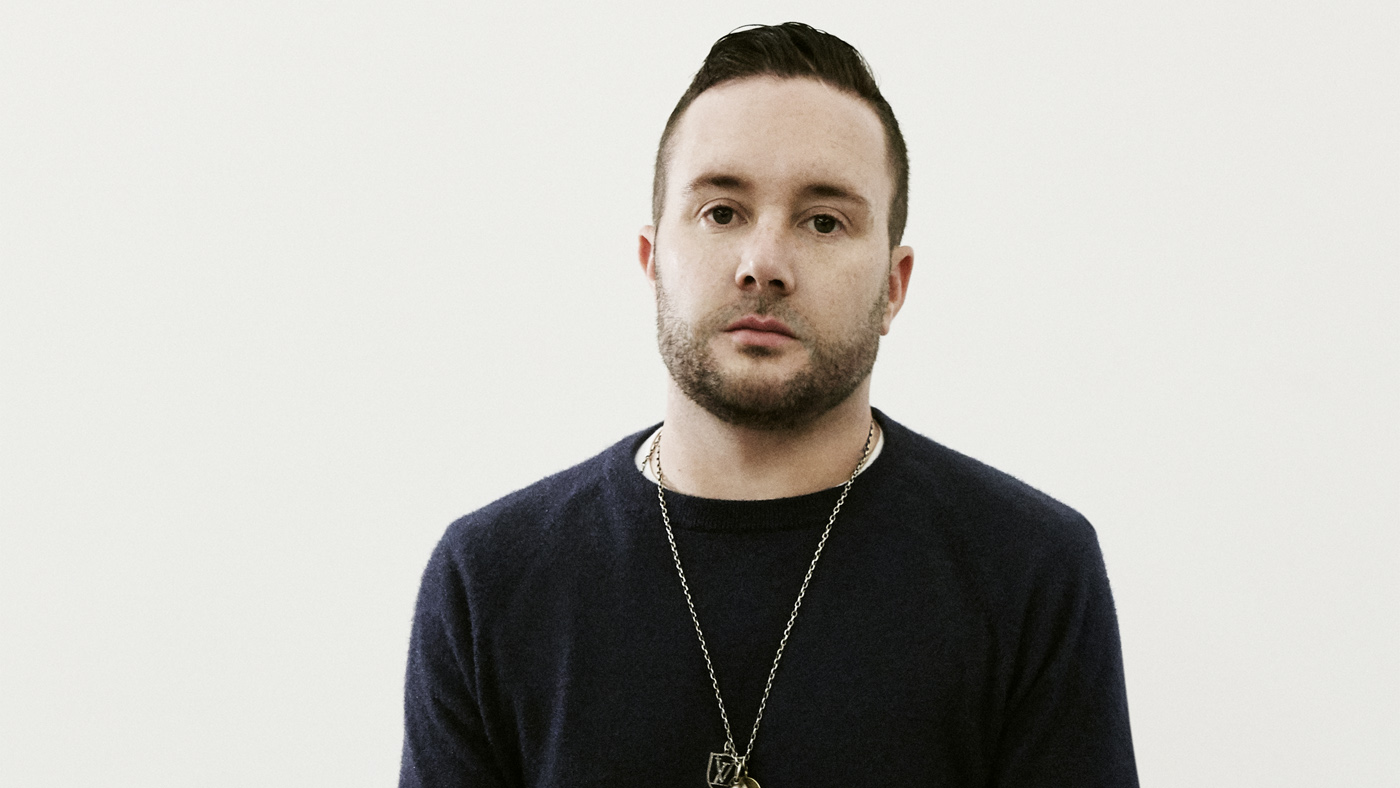
"If I wasn't a fashion designer, I'd perhaps like to be the next David Attenborough," says Kim Jones in his Paris office, which is less a workplace than a cabinet of curiosities, full of books, pictures, vintage clothes and souvenirs gathered from his travels around the world. The style director of Louis Vuitton menswear is passionate about animals and conservation, so his Attenborough aspirations are not entirely far-fetched. Jones, who spent much of his childhood in Kenya, has visited remote parts of the world to help the plight of endangered species including monkeys, hippos and kakapos - rare, flightless birds known as "owl parrots" and indigenous to New Zealand.
[[{"type":"media","view_mode":"content_original","fid":"105113","attributes":{"class":"media-image"}}]]
Video above: A day spent in rural England with the suitcases of Kim Jones' Parisian AW16 collection
The Week
Escape your echo chamber. Get the facts behind the news, plus analysis from multiple perspectives.

Sign up for The Week's Free Newsletters
From our morning news briefing to a weekly Good News Newsletter, get the best of The Week delivered directly to your inbox.
From our morning news briefing to a weekly Good News Newsletter, get the best of The Week delivered directly to your inbox.
As a young man, Jones harboured dreams of becoming a zoologist, but decided fashion was the easier option. Now that he oversees 12 collections a year for Vuitton, as well as the odd headline-grabbing collaboration – most recently a collection of activewear with NikeLab – he acknowledges the irony. "It's much harder. When I'm here, I just work and do research in the evenings, planning, organising or drawing. I'm always on the go."
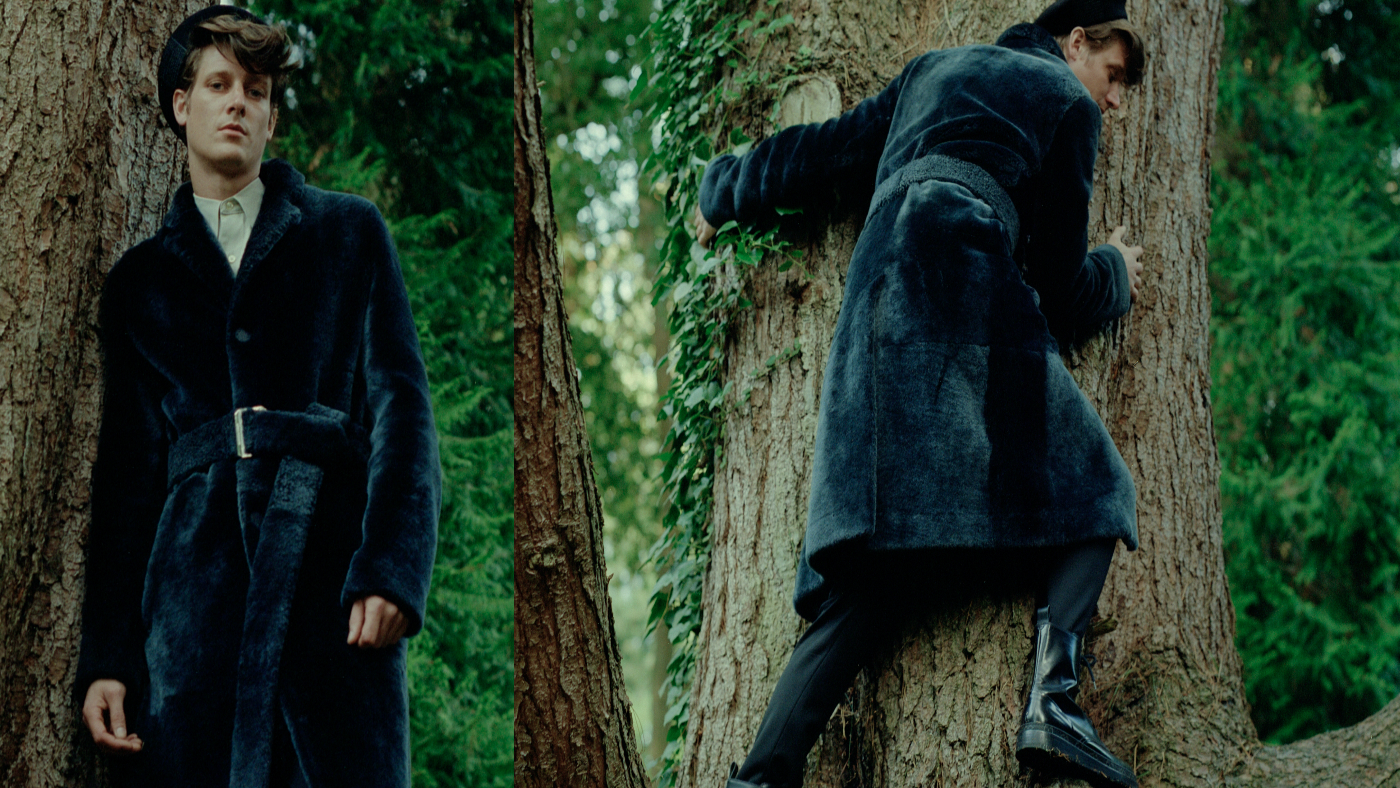
The office on Rue du Pont-Neuf in Paris's 1st arrondissement is much smaller than expected and I'm clearly not concealing my surprise well. Kim Jones is, after all, one of the most important people in fashion today: a man whose influence, especially since his appointment to Vuitton in 2011, has helped shape a buoyant menswear market, the sales figures of which, according to research firm Mintel, last year grew 4.1 per cent to £14.1bn, up from £11.4bn in 2010.
"Are you shocked by my little office?" Jones says with a laugh. "I'd love a clean desk with sculptures, but I've been here for five years so it's where I keep everything I use to edit," he adds apologetically, before playfully saying: "I have asked them for something bigger." Pictures cover almost every inch of wall and his desk is piled high with magazines. Above it is a stuffed pangolin, his favourite animal, similar to an anteater but with hard scales that resemble artichoke leaves. This specimen, he tells me, died from natural causes in a zoo but, shockingly, pangolins are the most trafficked creatures on earth, even more so than elephants.
Jones has a voracious appetite for culture and geographical exploration – "I've been pretty much everywhere," he says – making him the perfect fit for Louis Vuitton, a label that epitomises travel as a mind-expanding, glamorous pursuit. Animal and ethnological artefacts aside, the designer also owns an extensive collection of rare clothing dating from the 1970s to the present day. His trove includes one of the largest collections of flamboyant club gear worn by 1980s icon Leigh Bowery, as well as Jones's vast acquisition of designs by Christopher Nemeth, the late, unsung hero of British fashion noted for his highly crafted, deconstructed designs shaped by a background in fine art.
A free daily email with the biggest news stories of the day – and the best features from TheWeek.com
Jones based his AW15 men's collection for Vuitton on Nemeth's legacy to the fashion world, which has inspired him ever since he was a student at London's Central Saint Martins. "I was really pleased because I got to work with his family, [stylist] Judy Blame, [photographer] Mark Lebon and [music producer] Nellee Hooper. Christopher Nemeth was so popular; when he moved to Japan in 1987, he did incredibly well. So there's a lot of 'Japanese Nemeth', but 'English Nemeth' is extremely rare. It wasn't about making money back then, just about having a good time."
Jones's collections are known for seamlessly connecting the people and places he holds dear in a way that synergises with Vuitton's image as a luxury travel brand. For his debut SS12 menswear show, the designer was inspired by debonair 1970s photographer Peter Beard, who documented East Africa's wildlife for much of his life. Drawing inspiration from his own childhood experiences in Kenya too, Jones introduced the Masai scarf reworked in LV's iconic Damier check pattern. He paired the arresting red-and-blue design with rolled-up, relaxed suiting and sporty separates with casual assuredness. Here was LV's adventurer for the modern age: part nomad, part jet-setter. The show attracted rave reviews and Jones believes the collection stands out as his most personal to date. "It was me just boldly doing what I wanted without thinking too much," he says.
Approximately 50 collections later, Jones leads the fastest growing sector in one of the world's most highly valued luxury brands (Vuitton's turnover for 2015 is estimated at £7bn). The 37-year-old doesn't take his responsibility lightly; he's patently aware of the importance of his role. "This [Louis Vuitton] is the biggest of the big. You have to be aware that it's a commercial brand at the end of the day," he says in his typically calm and perspicuous manner. "We are all over the world and each country's slightly different. I visit every store and see what's going on; meet people in the region and do my own market research."
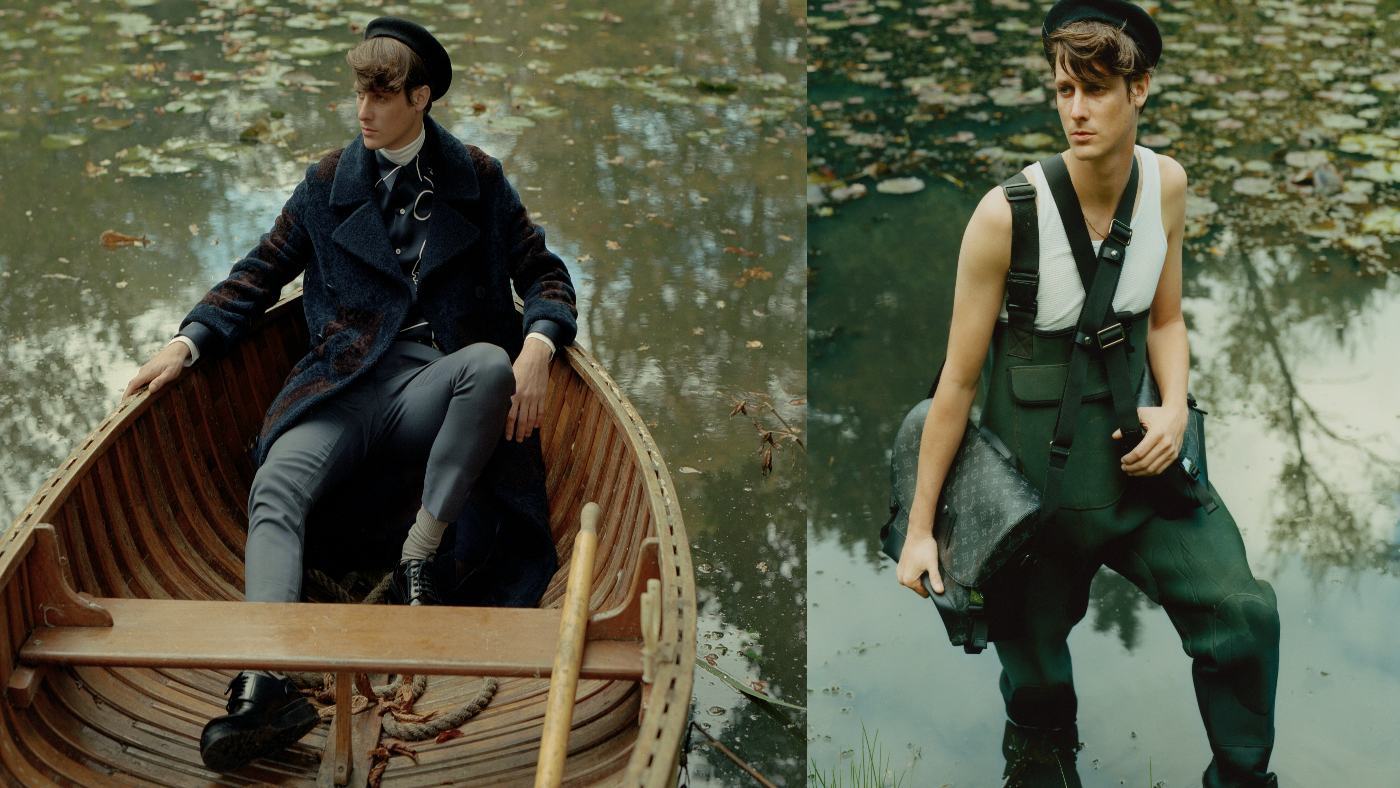
Jones is warm and easy-going, which could have something to do with his nomadic childhood. He's the archetypical "third-culture kid": his mother was Danish (sadly, she passed away when Jones was a teenager) and his father, a hydro-geologist whose work took the family around the world, is British. Although Kim was born in London, the family moved to Ecuador when he was a baby and then on to Africa, where they led a peripatetic lifestyle. "I have a formative memory from living in Botswana: we were driving down to Johannesburg to go shopping and my father gave a black family a lift. I remember that when we hit the South African border, [the officials] made them get out. My father hated racism and I didn't understand what was happening; I just thought it was really disgusting. To go back now and discover the first generation who can mix is really interesting. I mean, there are still undercurrents, but the young shake things off quicker than older people."
Despite his multicultural upbringing, Jones has fond memories of London and has retained a seemingly British street style – today, he's wearing chinos with a white T-shirt, a chunky silver necklace and box-fresh white trainers. "I'm much more sociable in London," he tells me, which explains why many of his close friends are Brits, including David Beckham, Kate Moss, Lily Allen and the stylist Alister Mackie. He has just bought a new house in the capital and he plans to "declutter" his office by moving some of his treasured items to their new home.
It was as an MA student in London that Jones forged a friendship with Professor Louise Wilson, the formidable course tutor known for her no-nonsense attitude to teaching. Their first meeting was less than encouraging: "She put me on the reserve list. She said, 'You don't need to do this; you can do whatever you want,' because she thought I was arrogant. I said that what I wanted was the time to do it." Wilson seemingly didn't think Jones was hungry enough; or maybe she just wanted to teach him a lesson. Whatever the reason, the budding designer was accepted on to the famously challenging 18-month course and, in 2002, gained a postgraduate distinction in menswear design. He describes Wilson as a mentor and a confidante: "She was hysterically funny. People were scared of her – I saw her make people burst into tears in a matter of seconds – but she never shouted at me. I mean, there are stories of her trapping people in doors by their coat and them being too scared to free themselves. She just got frustrated because she only wanted the best for everybody. It makes Ab Fab look a bit tame."
Jones's graduate collection was an instant hit, although it would seem he hadn't anticipated such a glowing reception. "John Galliano bought all my favourite pieces." he says, sounding surprisingly mournful. "I was really upset – there were things like handmade felt that I couldn't do again as I didn't have the facilities." Next in line were a string of Japanese stores keen to stock his designs. Jones finally took charge of his own destiny in late 2002, when he launched his eponymous menswear label. Over the next five years, he also branched out into high-profile consultancy work for brands such as Iceberg, Umbro, Topman and Hugo Boss, all beguiled by his sportswear-infused collections mixing casual styles with luxury fabrics. It was a concept very much in its infancy at this time, since the majority of luxury menswear labels were angled towards formal suiting.
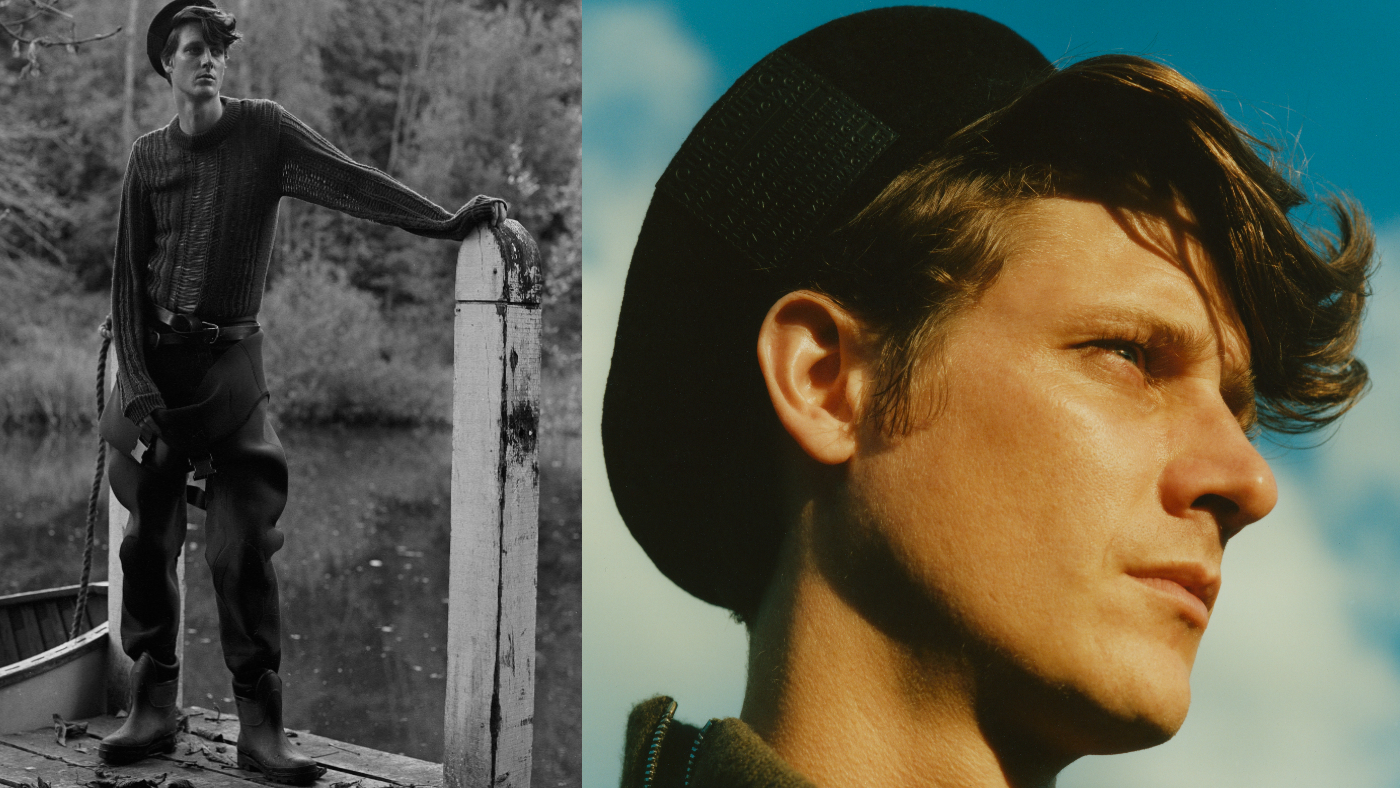
In 2008, ten years to the day he graduated from CSM, he became menswear designer at Dunhill, a traditional label in serious need of some cobweb-blowing. "They'd seen about 40 people," says Jones, "but I was the only one who referenced their archives." The job proved to be a stepping stone towards his present role: "Alfred Dunhill was like Louis Vuitton – a very modern person for his era, paving the way with his ideas."
When Jones arrived at Vuitton five years ago, he was given a somewhat uncompromising lesson in brand identity: "Louis Vuitton is a travel brand; it's not a fashion brand. That was the first and foremost thing I was told. So I follow that rule." The designer has indeed remained focused on travel, using fashion as a device to transmit the allure of a wanderlust lifestyle; he's created a packable and versatile luxury wardrobe for the busy modern man who's more likely to wear trainers than cufflinks with his suit.
"Louis Vuitton was a very forward-thinking man. He invented the flat-topped trunk that changed people's lives and the way people travelled and packed," says Jones as we touch on the subject of how to be modern and dynamic within the framework of a 162-year-old brand. "You no longer have to wear a suit to look smart. We're from a generation where success isn't measured by how you dress. People who like Louis Vuitton – which is a huge demographic – want luxury casual wear. Yes, we sell a lot of ties, shirts and shoes that go with suits, and we do sell suits too, but actually it's more the lifestyle aspect of the brand that we are more successful at. I think people relate to that."
Interestingly, Jones invariably refashions an element of the famous LV trunk in his collections: for AW16, men's berets were decorated with leather travel-like labels stamped with the words "Article de Voyage", while many of his SS17 tops and trousers featured straps and clips similar to those used to fasten traditional coffres and suitcases in bygone years. Like all successful designers, Jones is credited with helping to popularise key pieces that then became part of global fashion trends. The aviator and varsity-style jackets he first presented for SS12 are a mainstay of his collections – for SS16, they were reborn as satin souvenir jackets embroidered with cranes and Japanese cherry blossom. Some gents would consider these daring daytime jackets with only niche appeal, but sales figures say otherwise. "You'd be amazed how many people wanted them compared with the amount available," enthuses Jones. "We could have sold ten times more."
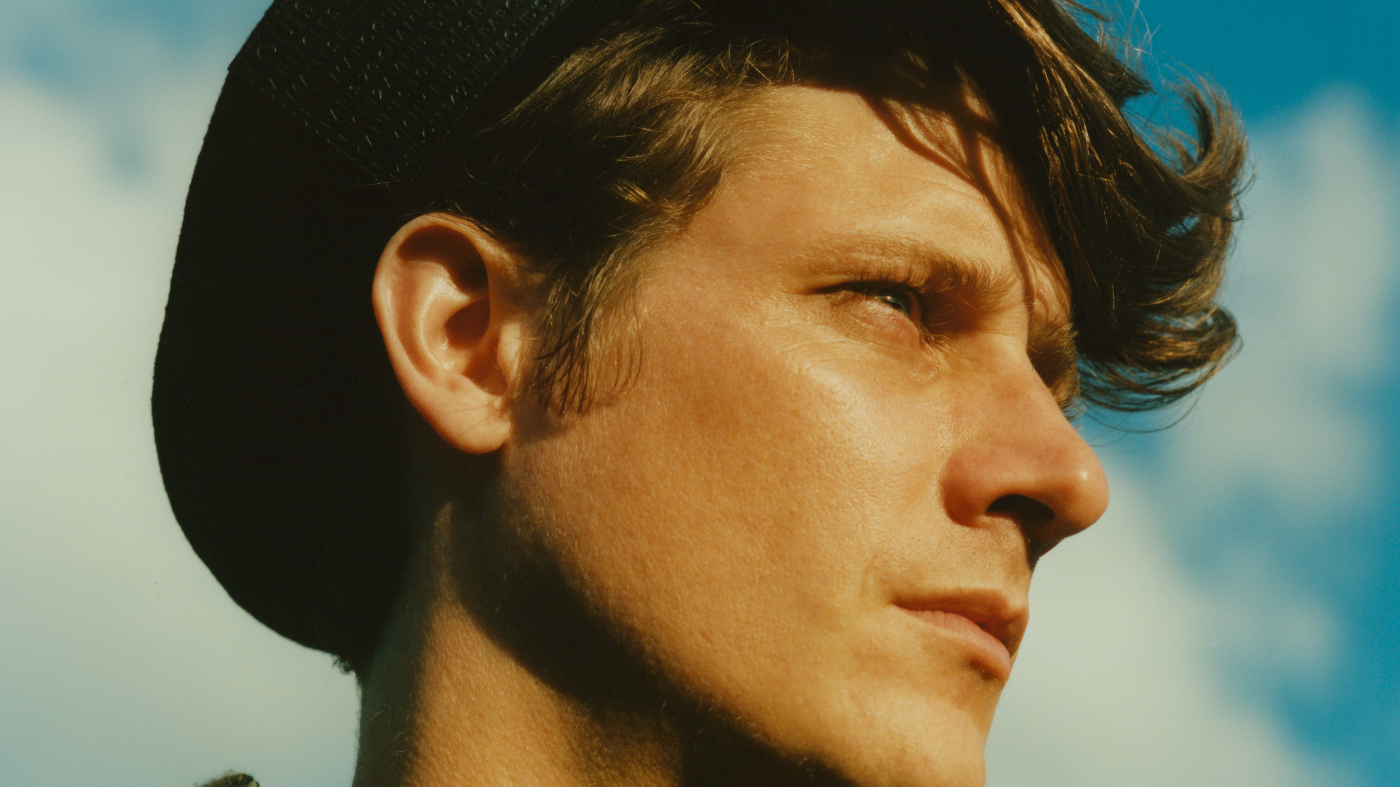
For AW16, he has launched the permanent Monogram Eclipse collection of bags – a grey-and-black take on LV's famous Monogram canvas. For the more daring (and dark), there's the SS17 collaboration with his friends Jake and Dinos Chapman, the enfants terribles of the art world. Jones previously joined forces with the pair for his AW13 collection: they created the "Garden in Hell" design, a floral print that Hieronymus Bosch might have coveted. This time, the duo have produced a series of mythical, malignant-looking beasts – think evil-looking giraffes and elephants with razor-sharp gnashers – which Jones has applied to ready-to-wear, bags and small leather goods; his way, perhaps, of empowering the animals who are so often at the mercy of poachers.
Talk of these imagined creatures leads to an inevitable question: now that Jones has reached a pinnacle in his career, working for such a powerful brand, how does he reconcile his love of ready-to-wear and leather goods with his passion for animals, especially as the label uses exotic skins and furs in its collections. "I get asked this a lot," he replies, sounding not-at-all defensive. "I know where all the skins are from and Vuitton does most things sustainably. I was asking someone recently where the hardwood for a box came from and they told me it was sustainably grown in a forest in Indonesia. You have to think about giving back. I hammer it into people: 'If you don't do anything about it now, what will future generations have?'"
If Jones has his way, they'll have much to make them smile: more pangolins and travel heirlooms conjured up by one of fashion's true curators.
Photography by Dham Srifuengfung. Styling by Michael Darlington
-
 Received a gift card this holiday season? Here’s how to maximize it.
Received a gift card this holiday season? Here’s how to maximize it.The Explainer Make the most of your present
-
 ‘Lumpy skin’ protests intensify across France as farmers fight cull
‘Lumpy skin’ protests intensify across France as farmers fight cullIN THE SPOTLIGHT A bovine outbreak coupled with ongoing governmental frustrations is causing major problems for French civil society
-
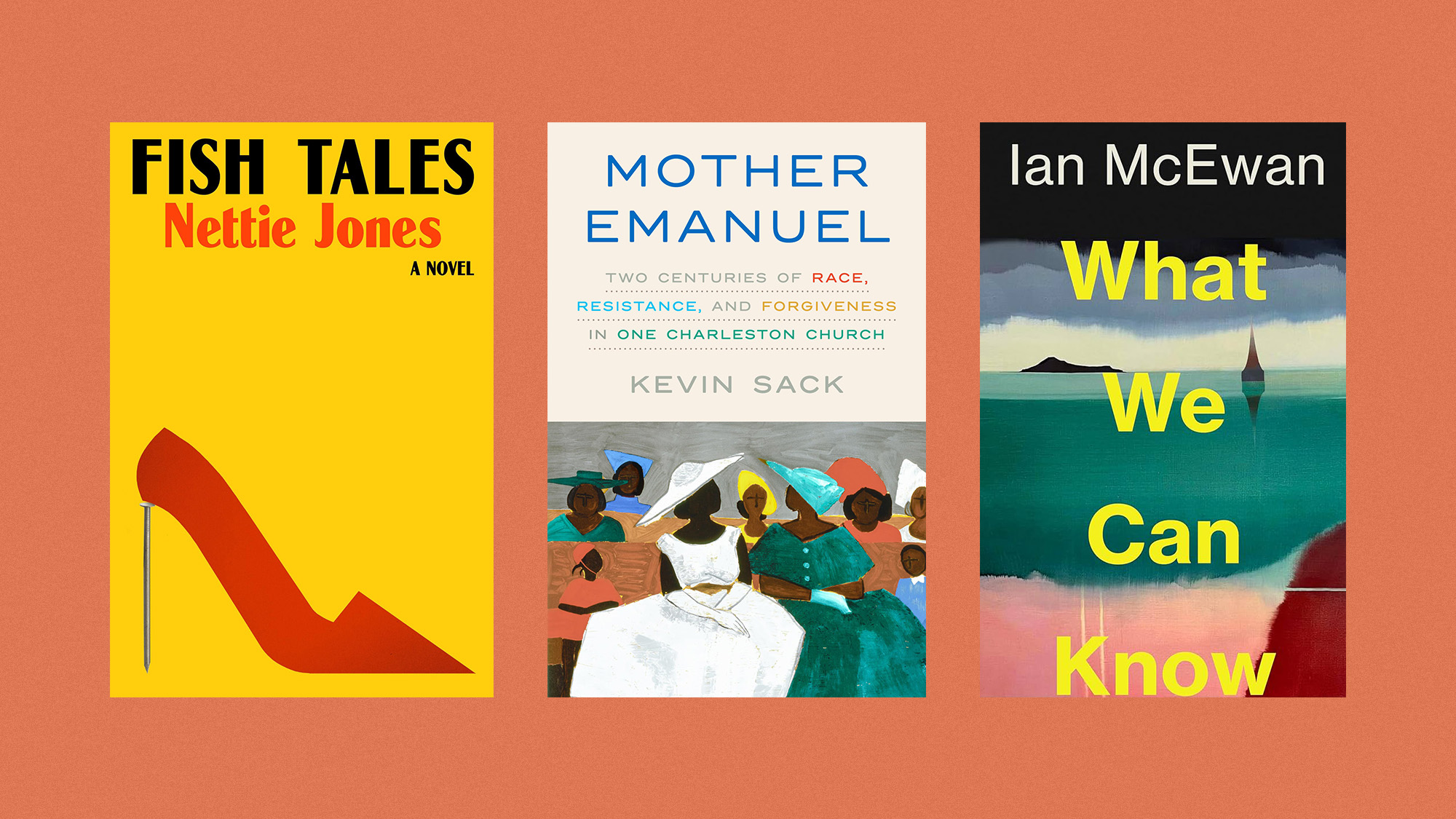 The best books of 2025
The best books of 2025The Week Recommends A deep dive into the site of a mass shooting, a new release from the author of ‘Atonement’ and more